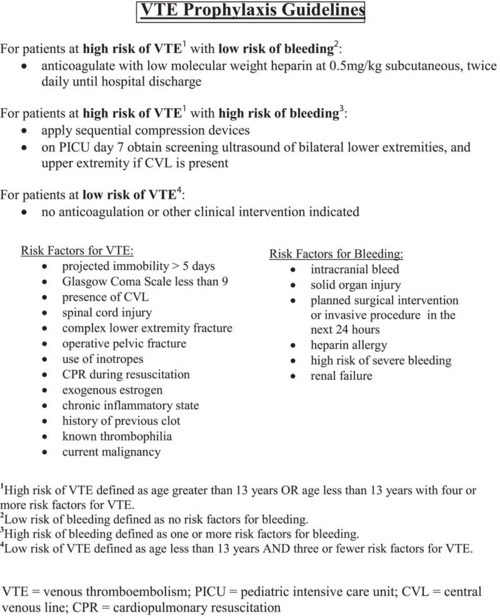I’ve received a fair amount of commentary on Twitter and via email regarding my statements about FAST. Many people said that FAST and physical exam can and should happen simultaneously.
In principle, I agree. My previous statements were based on the way that we organize our trauma team and trauma activations at this hospital. The reality is that everyone’s team is different and they may run their trauma activations differently.
The goal is to get all information critical to keeping your patient alive as quickly as possible. In some cases, knowing if there is a significant amount of fluid in the abdomen can be very important. Most trauma resuscitation schemes at trauma centers make use of multiple personnel so that various portions of the patient evaluation can be carried out simultaneously.
But there is also a tradeoff between speed, trauma team size and number of trainees. Centers with fewer or no trainees will have a leaner team with experienced examiners and more room around the patient. At our hospital, we have 8 people clustered immediately around the patient, with half of them being surgery or emergency medicine residents. This means it is more difficult for a physician to step in and do a FAST exam easily. So typically, this physician is the same resident doing the torso portion of the physical exam. This is the main reason for my exhortation to wait until the end of the physical exam and do the FAST quickly.
So it is really up to each center to determine their priorities for the FAST exam based on the people who make up their trauma team. At ours, it will have to remain fast and last.
Please comment or tweet your thoughts!


